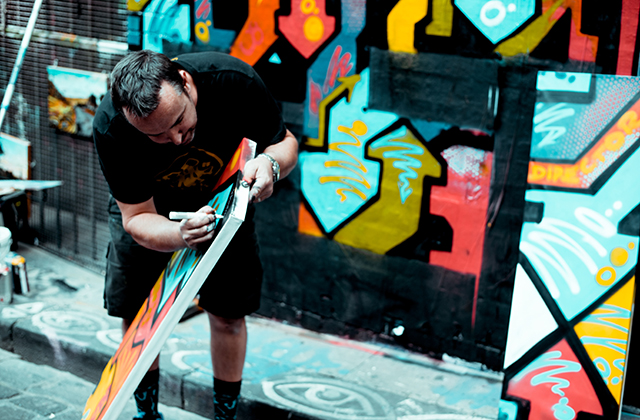When you’re the best in the world at something, it’s easy to take that for granted. It’s easy to forget just how much better you are than everyone else. You can always start by using a pencil on your tv storyboard.
So when it came time to design a pencil, we didn’t set out to make “better” pencils. We set out to make the very best pencils possible. And then we did it again. And again. And again.
The search for perfection is never-ending. It’s what drives us to keep working on something until it is better . It’s what motivates us to push ourselves and our partners to think of new materials, new designs, new manufacturing techniques…to make something that is better , even if it’s not immediately obvious how or why.
Of course, sometimes it is obvious how or why. Sometimes there are clear performance advantages that are self-evident—such as the extra hardness on the lead of our Graphite Series 925s.
The harder lead doesn’t just feel smoother on your fingers—it will also produce a finer point when you write with it on even the most premium paper. A finer point means cleaner, more precise writing on even the most premium paper—and that’s definitely better.
With a pencil, you can make a mark anywhere on Earth, from the depths of the ocean to the top of Mount Everest. No other tool gives you such power.
The humble pencil is a workhorse for artists, inventors and writers alike. But because it’s so simple, it can be easy to take pencils for granted. Here’s how to get the most out of this handy tool:
- Make sure your pencils have erasers . You never know when you’re going to need to erase a mistake. The first thing you learn in school is how to use a pencil, and one of the first things you do with it is erase something.
- Sharpen them regularly . With a dull pencil, it’s hard to see what you’re doing. And if you have to use pressure to write, it will hurt your hand after a while. That’s why it’s best to keep pencils sharpened at all times.
- Use different colored leads for different tasks . When we think about drawing with pencils, we usually imagine them as black and white — but they don’t have to be! If you’re taking notes in class or writing down your life goals (which everyone should do), use colored lead and not only
Pencils can be used to create a wide range of effects. By varying the pressure you apply and the length of time you leave it on the paper, pencil can produce everything from a light sketch to a solid black line. Here’s how:
Soft and smudgy: Lightly sketch your drawing with an HB or 2B pencil. You’ll know it’s ready when it feels like you could rub most of it away with your thumb.
Do it yourself: Try rubbing a piece of white paper over your drawing, or use the eraser on the end of your pencil to remove areas of graphite. This will leave behind an impression that will allow you to create shading and shadows.
Line ’em up: Try creating different width lines on your page by sharpening your pencils first and then trailing them across the page. A sharp point will form narrow lines and wider ones can be made by using the side of the pencil.
The pencil is one of the most popular and useful tools in any artist’s kit and can be used for drawing, sketching, shading and much more.
I will show you how to choose your pencils and sharpen them properly so that you can achieve different effects when drawing.
You may think that pencils are just pencils but they can vary greatly in hardness, texture and colour.
Using a harder pencil will give you a darker mark than a softer one, while a textured lead will give more texture to your drawing than a smooth one.
It’s also worth having some different grades of pencils for softness/hardness and for light/darkness.
You might find that some leads break very easily in use or that they crumble into dust in the sharpener. There is nothing wrong with them – it is just the nature of the material used to make them. This does not affect their performance when they are on paper.
From making a list to writing a letter, there are plenty of reasons to use a pencil instead of a pen. While pens may be faster and allow for more artistic expression, pencils have their own advantages. That’s especially true for people who make a living with their handwriting, such as doctors and lawyers.
Older technology can sometimes be better technology. When it comes to writing instruments, a pencil is one of the oldest items out there. They’re simple but effective, and still widely used today. People who need to write down important information usually use pencils for this reason. Their simplicity makes them reliable and easy to use, which is why they’re still in production today.
Plus, writing with a pencil is much easier on your hand than writing with a pen or marker. If you hate cramping up your hand when you write, you’ll find that using a pencil will help prevent this problem.
